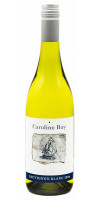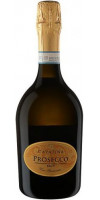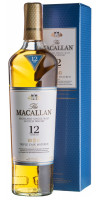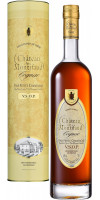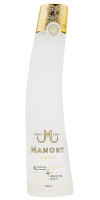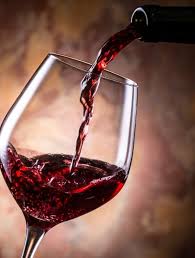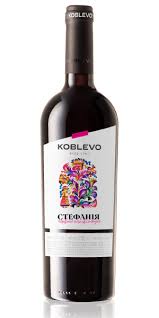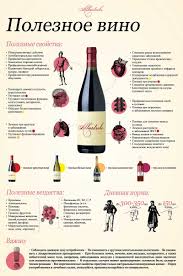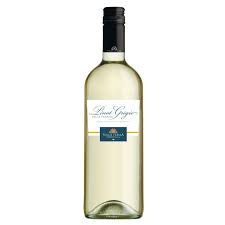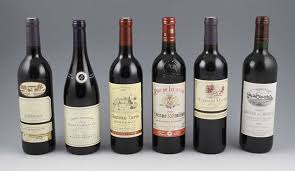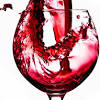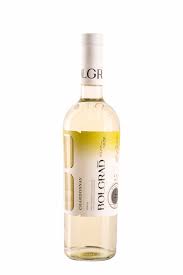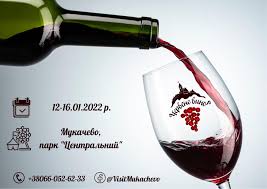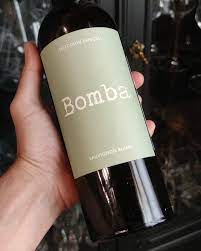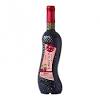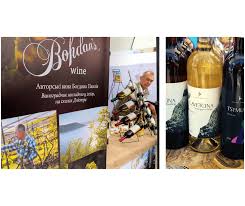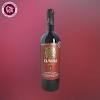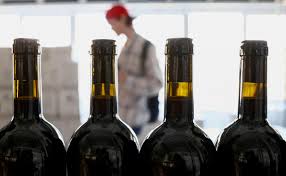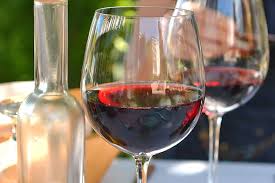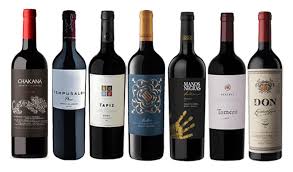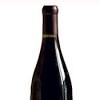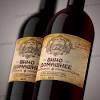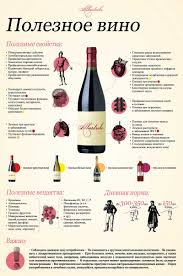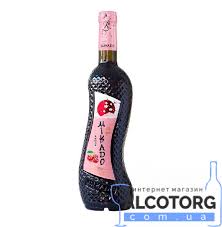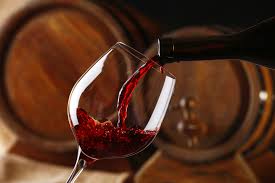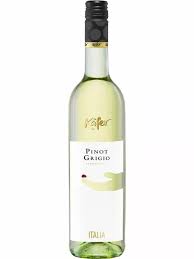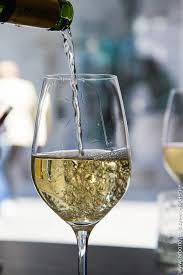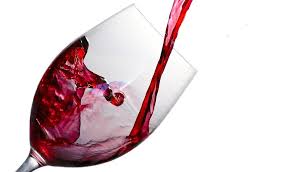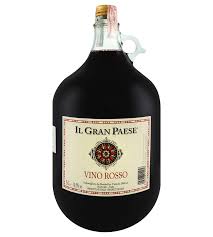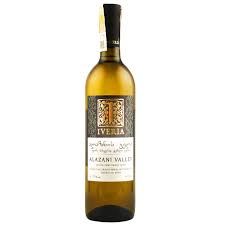
Спасибо за регистрацию в WineRow!
Вы будете уведомлены по электронной почте, как только Ваш Личный Кабинет будет активирован администрацией магазина.
Если у Вас есть какие-то вопросы, пожалуйста напишите нам.
Вы вышли из Личного Кабинета.
Ваша корзина покупок была сохранена. Она будет восстановлена при следующем входе в Ваш Личный Кабинет.
вине квет красное бренд кантине ди ора
Совершенно уж датой датой появления на свет пузыристые вина традиционно считается 1668-й, когда Годино, аббат-каноник из Реймского собора, описывает в церковной книге «напиток с легкой окраской, почти белый, насыщенный газами». Через пару десятков лет страна уже переживала настоящий бум игристого. Шампанское во Франции входит в моду, позволяющую усовершенствовать производство и улучшить технологию. И кстати, вполне реально, что игристое явилось волею случая. Винокур древности также были известны характеристики некоторых вин, что, перебродив, по весне снова начинают брожение, а в емкостях образуются газы. Такие свойства традиционно считали побочным эффектом при виноделии и не придавали этому большого значения. Напротив, даже считали следствием не слишком качественного труда винокур. Но во второй половине 17 века ситуация изменилась. И вино, произведенное во французских аббатствах, стало очень популярным. А талантливые и изобретательные виноделы, такие как Дом Периньон и Удар, создавали и совершенствовали технологии производств для игристого вина. сорти вин Популярно было красное вино, однако среди лучших изысканных вин присутствуют и белые – цекубское и фалернское. По вкусу римлянам было сладкое вино – vinum dulce Некоторые хозяйства производили praedulce (особенно сладкое вино). Римляне знали, как приготовить из темного вина более светлое благодаря хранению. И виноград этот, что немаловажно не был завезен римлянами или греками, как во Франции или Германии. Он был местным и не диким, а окультуренным. Почему есть множество археологических и исторических доказательств? Более того, еще до фракийцев трипольцы умели производить вино, а они, как известно, жили между 5 и 3 тысячелетием до н.э. на территории современной Украины. Да мы не грузины, история виноделия которых насчитывает около 8 тысяч лет. Но мы можем утверждать, что когда предки современных немцев или французов бегали по всей деревне с палками, чтобы поймать кабана на ужин, наши предки уже пили вино в побеленных домах. Что очень важно. Ибо где виноградник есть культура, там нет места для варварства. Wine promotes digestion, stimulates appetite, organic acids and tannins are an aphrodisiac for the glands. Wine relieves mental tension and frees the gastrointestinal tract from spasm and makes it easier to digest food. Some wines contain substances that reduce the toxicity of ethyl alcohol and have an irreversible bactericidal effect. Studies have confirmed that the procyanidins contained in red wine help reduce the percentage of cholesterol in the blood, protect the body from a heart attack. Wine is created for human joy, for the joy of the heart. It is no coincidence that Jesus creates his first miracle, turning Galilean water into wine (New Testament) at weddings in Cana.
По мне пьётся тяжело, наверное, надо разбавлять льдом или водой. ...
Дмитрий 07.01.2021
Лучший двенадцатилетний виски. Вкус мягкий, с приятной, не приторной сладостью. ...
Андрей 12.10.2022
Хорошее сбалансированное и зрелое вино с приятными нотами ванили и шоколада в бу ...
Маша 08.08.2022
Виски – крепкий алкогольный напиток с собственным характером. В составе присутствуют спирты ячменя, пшеницы или ржи. Производят также виски из кукурузы. Разнообразие видов и сортов огромное, так что в нем не трудно потеряться
ЧитатьСегодня в мире существует 4500 сортов красного вина, что предполагает невообразимое множество вкусов, ароматов и волшебное сочетание нот композиций
Каждый год 4 августа отмечают день рождения шампанского. В этот праздник принято открывать бутылку хорошего игристого и не спеша наслаждаться напитком
ЧитатьМясная гастрономия очень разнообразна. Она не только включает в себя виды основного продукта, но и сотни блюд
ЧитатьЧасто бывает, что в бутылке остается недопитое вино. Конечно, возникает логичная мысль – поставить его в холодильник, чтобы сохранить до следующего повода. Однако...
ЧитатьМногие любители крепких напитков уверены, что виски или скотч нужно пить без закуски, не перебивая вкус напитка продуктами.
Читать
